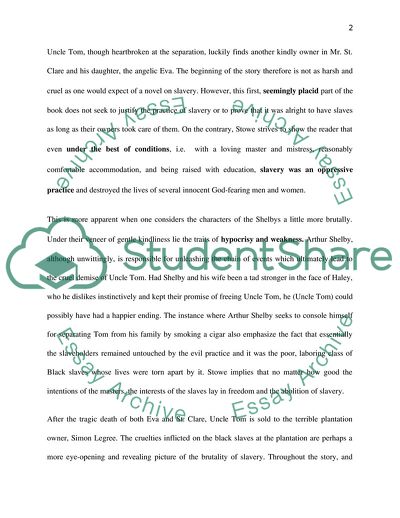Cite this document
(Critical Analysis of Uncle Toms Cabin and The Escape Book Report/Review, n.d.)
Critical Analysis of Uncle Toms Cabin and The Escape Book Report/Review. Retrieved from https://studentshare.org/literature/1713843-critical-analysis-of-uncle-toms-cabin-and-the-escape
Critical Analysis of Uncle Toms Cabin and The Escape Book Report/Review. Retrieved from https://studentshare.org/literature/1713843-critical-analysis-of-uncle-toms-cabin-and-the-escape
(Critical Analysis of Uncle Toms Cabin and The Escape Book Report/Review)
Critical Analysis of Uncle Toms Cabin and The Escape Book Report/Review. https://studentshare.org/literature/1713843-critical-analysis-of-uncle-toms-cabin-and-the-escape.
Critical Analysis of Uncle Toms Cabin and The Escape Book Report/Review. https://studentshare.org/literature/1713843-critical-analysis-of-uncle-toms-cabin-and-the-escape.
“Critical Analysis of Uncle Toms Cabin and The Escape Book Report/Review”. https://studentshare.org/literature/1713843-critical-analysis-of-uncle-toms-cabin-and-the-escape.


